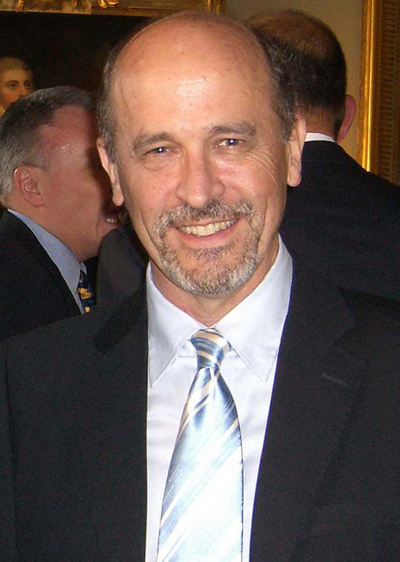Astronomer To Give Lecture On Nobel Prize-Winning Work
April 15, 2013
SHSU Media Contact: Jennifer Gauntt
 Internationally renowned astronomer Nicholas Suntzeff will explore the behavior of “Our Dark Universe” on Wednesday (April 24), at 7:30 p.m. in the Academic Building IV James S. Olson Auditorium.
Internationally renowned astronomer Nicholas Suntzeff will explore the behavior of “Our Dark Universe” on Wednesday (April 24), at 7:30 p.m. in the Academic Building IV James S. Olson Auditorium.
Suntzeff, the Mitchell/Munnerlyn/Heep Professor of Observational Astronomy at Texas A&M University, will present a the story of his “amazing and confusing discovery” that led to his team being awarded the 2011 Nobel Prize in physics, according to Renee James, professor of physics.
Literally an “astronomical achievement,” Suntzeff’s team of astronomers, in 1998, discovered the mysterious "dark energy" component to our universe, which led to more than a decade of follow-up observations and theoretical work.
“(Because of that discovery), cosmologists now know what our universe is made of,” Suntzeff said. “Scientists can describe the origin and evolution of the universe from a fraction of a second after creation all the way until today with remarkable precision—and even predict its future evolution.
“But this universe we inhabit is preposterous, filled with matter and energy of a type that does not fit into our theories of physics,” he said. “As one of the cosmologists that discovered the three-quarters of the universe which is now called ‘Dark Energy,’ Dr. Suntzeff will explain the history of our universe as we know it, leaving the best estimate of where our universe is heading.”
His personal life is also “filled with improbabilities,” according to James, including playing varsity soccer with Robin Williams, volleying tennis balls with astronaut Sally Ride (who defeated him on a regular basis), saving actor Alan Alda's dog, and meeting a Croatian woman in a Chinese restaurant in Chile on a blind date, which became the first step toward a long marriage.
Suntzeff studied mathematics at Stanford University, where he earned his bachelor’s degree in 1974, and astronomy and astrophysics at the University of California—Santa Cruz’s Lick Observatory, earning his doctorate in 1980.
In addition to working as an astronomer at various universities and observatories in the U.S. and Chile, Suntzeff also worked for a year with the U.S. Department of State as a Jefferson Science Fellow.
His presentation, sponsored by the SHSU physics department, is open to the public.
For more information, contact James at phy_crj@shsu.edu or 936.294.4888.
- END -
This page maintained by SHSU's Communications Office
Associate Director: Julia May
Manager: Jennifer Gauntt
Located in the 115 Administration Building
Telephone: 936.294.1836; Fax: 936.294.1834
Please send comments, corrections, news tips to Today@Sam.edu.

 SamWeb
SamWeb My Sam
My Sam E-mail
E-mail

